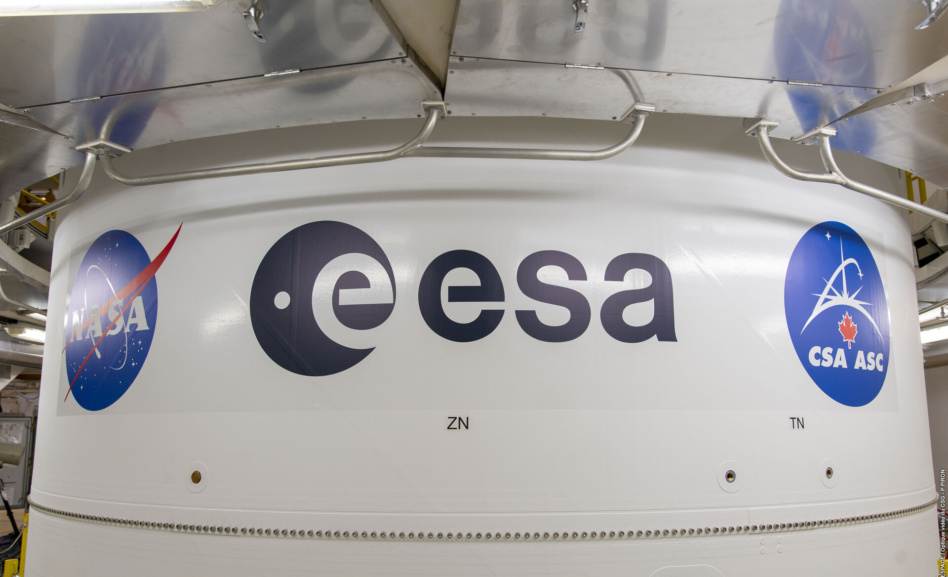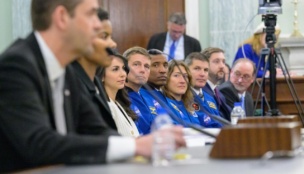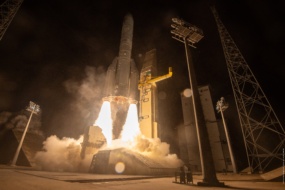ESA’s new space strategy is broad, covering everything from improving EO capabilities to constructing large habitats in space, but the near-term responsibility for member states is clear: ESA needs more money.
The space agency laid out its long-term vision for the region’s space sector in its Strategy 2040 document, released yesterday, which outlines how Europe can boost its independent access to space and foster a globally competitive space industry.
“[European] space budgets as part of the global total have slightly dropped in the last couple of years,” Josef Aschbacher, ESA’s director general, said at a press briefing yesterday. “The ministerial conference at the end of the year is a decisive moment to make sure that…Europe is increasing its investment in order to have resilient, strong, independent autonomy for its member states.”
Growth plan: ESA divided its long-term goals into five categories with the common goal of boosting European space capabilities to benefit European societal and economic needs.
- Protecting the planet and climate: ESA wants to improve the region’s EO capabilities, digital twin technology, and non-Earth object detection systems. ESA also plans to increase the effectiveness of its Zero Debris Space Charter and decrease the space industry’s environmental impact.
- Advancing space science and exploration: ESA already has its eyes on studying Earth’s magnetic environment, Venus, comets, exoplanets, and gravitational waves over the next 15 years. The goal is to continue investing in these large-scale missions to maintain its global leadership in space-based science and research.
- Strengthening EU autonomy and resilience: ESA is committed to growing its sovereign launch capabilities, PNT tech, and EO capacity to remain competitive in the global space economy—and maintain ownership over tech that’s vital to protecting its borders.
- Boosting economic growth and competitiveness: By increasing civil funding, cross-sector partnerships, and private investment, ESA hopes to position itself as a commercial space hub, with the facilities and talent to support itself.
- Inspiring future generations: Ultimately, ESA wants to attract the best talent, not just from its own member states, but from the international community.
Altogether, the strategy is a response to the shifting financial and geopolitical realities over the past decade. More recently, however, the increase in geopolitical tensions and questionable reliability of the US as a partner has pushed ESA to focus inward, build its own technologies and grow its independent access to orbit.
What’s next: Strategy 2040 is merely the blueprint for ESA’s future. Operationalizing the strategy will require more concrete commitments.
Next week, the European Launcher Challenge will release its invitation to tender. The challenge will showcase a new approach to ESA’s grant funding, one that ESA hopes will attract a wide pool of companies looking to develop new rockets on the continent, and set a new model for funding space projects.




